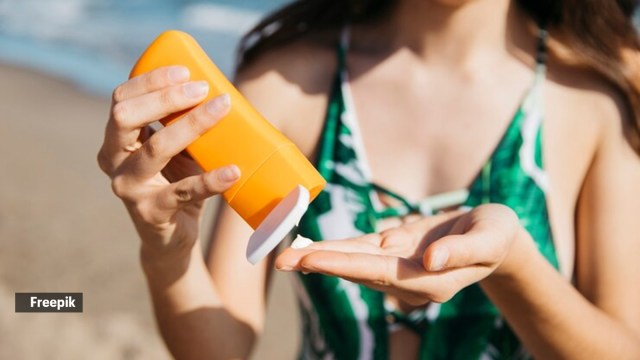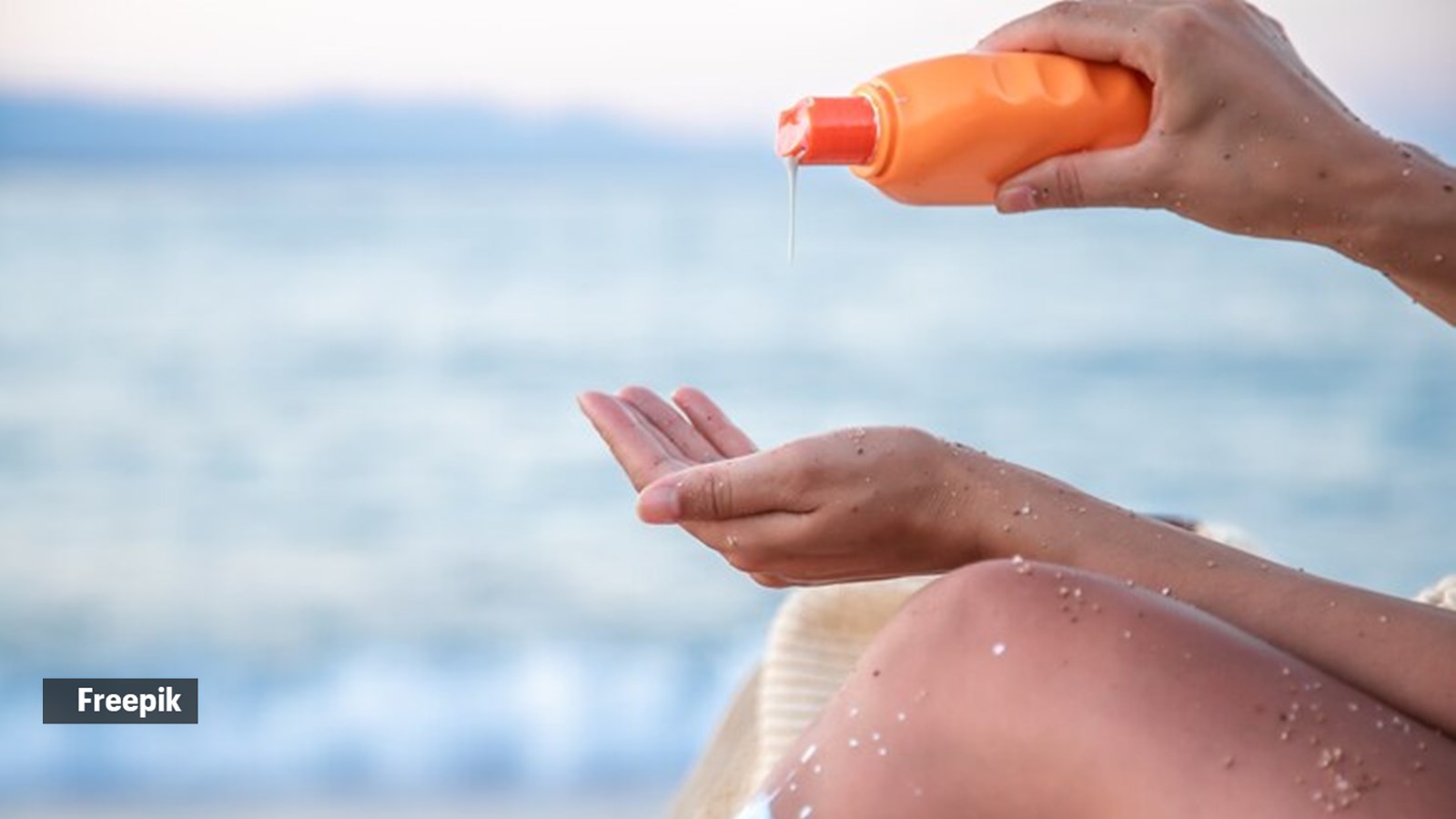📣 For more lifestyle news, click here to join our WhatsApp Channel and also follow us on Instagram
Getting tanned despite applying sunscreen? Dermatologist shares common mistakes
Cornuit warned against diluting your sunscreen with other creams and moisturisers. This reduces the effectiveness of the sunblock.
 Cornuit warned against diluting sunscreen by mixing it with other creams or moisturisers. (Source: Freepik)
Cornuit warned against diluting sunscreen by mixing it with other creams or moisturisers. (Source: Freepik)With time and awareness, a lot of people have given in to using sunscreens. However, some still wonder why their faces show signs of tanning despite regular sunscreen use. Indianexpress.com spoke to dermatologists and found out the common errors in sunscreen application and things to keep in mind.
Incorrect amount
“People do not don’t apply the right amount of sunscreen. Many use just a pea-sized amount and think it’s sufficient. You should use about three fingers’ worth of product and apply it generously over your face, neck, and ears,” said Dr Akanksha Singh Cornuit, aesthetic physician and founder of Promed Aesthetics.
“People also leave out certain areas. They cover the flatter surfaces like the forehead and cheeks but conveniently skip over the contours and high points of the face. This neglect can lead to redness and peeling on the nose,” she said.
SPF 30 isn’t enough
According to Cornuit, people have a misconception that SPF 30 is sufficient for Indian climates. When dealing with the harsh sun in our country, nothing below SPF 50 will make the cut.
“Always opt for a broad-spectrum sunblock that shields against UVA, UVB rays, and blue light. Even if you’re indoors, prolonged exposure to electronic screens can cause significant long-term damage,” said Cornuit.
“Sunscreen effectiveness diminishes over time, so using expired products may compromise skin protection. Apply sunscreen on cloudy days to safeguard your skin from potential harm. UV rays can penetrate clouds despite overcast or mild weather,” advised Dr Kusumika Kanak, consultant dermatologist at Sahyadri Super Specialty Hospital, Pune.
Cornuit warned against diluting sunscreen by mixing it with other creams or moisturisers. This practice reduces the effectiveness of the product, resulting in diminished sunblock benefits.
 Even if you’re indoors, prolonged exposure to electronic screens can cause significant long-term damage,” said Cornuit. (Source: Freepik)
Even if you’re indoors, prolonged exposure to electronic screens can cause significant long-term damage,” said Cornuit. (Source: Freepik)
Not reapplying your sunscreen
According to Kanak, sun intensity peaks between 10 am and 4 pm. Even with sunscreen, spending long hours outside during this time can increase your chances of tanning.
“In addition to reapplying SPF every three hours, I recommend using powder sunscreen instead of a sunscreen stick. Sticks may disrupt makeup application, potentially lifting or smudging it. Poorly formulated sticks can also be comedogenic, leading to pore blockage and breakouts,” said Cornuit.
Applying tinted sunscreens
Cornuit forbade falling into the trap of using tinted sunscreens or makeup with SPF in them. “These products come with insufficient SPF- usually a number between 15 and 25, and if you were to solely rely on them to meet your sun protection needs, the end result would be a ghostly face that is all caked up.”
Instead, she suggested using a regular sunblock and then topping it off with a tinted sunscreen, skin tint or BB cream.
*DISCLAIMER: This article is based on information from the public domain and/or the experts we spoke to. Always consult your health practitioner before starting any routine.*
📣 For more lifestyle news, click here to join our WhatsApp Channel and also follow us on Instagram



- 01
- 02
- 03
- 04
- 05
























